Introduction
Aerodynamics is the study of how air interacts with a solid object -- say the wing of a plane, architecture, and, of course, cars.
In modern vehicle design, aerodynamics is a very significant factor to consider. Before we do a deep dive on that, however, let us first talk a little bit about its history.
Automotive aerodynamics history
Engineers began to observe the behavior of air on the surface of a vehicle in the 1920s, around 35 years after Karl Benz developed the first “production” vehicle. During that time, these engineers found out that drag when traveling at high speeds greatly involved the shape of an automobile.

Believe it or not, this early vehicle’s aerodynamics depended largely on whether the driver had a beard or a hat
When the ‘50s came around, both British and German engineers began to analyze the effects of drag on high-speed vehicles. So, at that time, the only vehicles that benefited from the study of aerodynamics were race cars, like the 1956 Mercedes-Benz W196 and the 1954 Ferrari 374-Plus.

The 1956 Mercedes-Benz W196 was very aerodynamic for its era
It wasn’t until the ‘60s that automakers found that a car traveling at high speeds produces so much noise due to aerodynamic drag. This prompted changes in roadway design, and it was also around the same period when vehicle manufacturers began to shape their mass production vehicles in consideration of these factors.
>>> Check out: 10 bad car noises Filipino drivers should look out for
The basics
Now the primary goals of vehicle aerodynamics are to reduce drag, noise, and lift, as well as prevent instability while improving downforce. But what do those terms mean?
- Drag. Defined as a type of friction or resistance, it can be applied to aerodynamics as wave drag or wave resistance in ship hydrodynamics. For cars, the primary media that it’s swimming through is, of course, air. Air at high speeds will create friction when interacting with a solid object in motion (the car). This will affect how the car travels by slowing it down, generating an increase in noise, or an increased effort to produce forward momentum (inefficient fuel usage.)
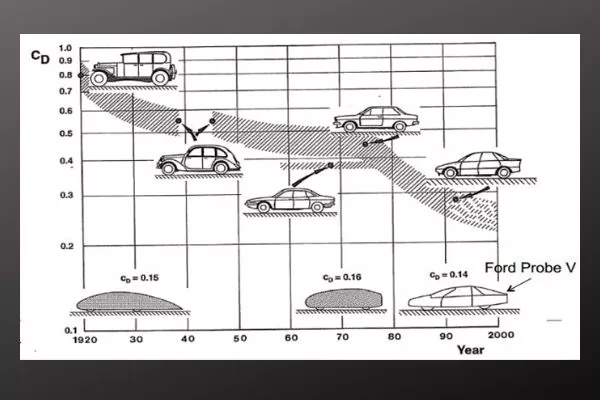
The trend in the decrease of drag-coefficient (Cd) with time
- Noise emission. Noise can also be made due to the friction between the surface of a car and the air around it and this is especially felt, or rather heard when traveling at high speeds. In fact, the amount of sound produced is dependent on the velocity of the surface (a car) and the velocity of the air, or rather how fast it hits the car.
- Lift. This is what makes airplanes fly. But in cars, especially high-performance ones, you do not want that. So, automotive engineers will work through this by making a car’s surface and general shape to be able to reduce lift and thus improve downforce. For those who want more downforce, there is stuff like car wings, spoilers, and many other aftermarket parts you can bolt-on. Downforce improves grip and provides more traction and thus is the direct opposite of lift.
- Drag coefficient. This is the measurement of a car’s aerodynamic smoothness. The lower the number, the better.
- Venturi effect. This is defined as the reduction of fluid pressure when it flows through a tight passage like a pipe. In the context of automobiles, that tight section is the space underneath the car where the air passes.
- Wind tunnel. A wind tunnel is used to test and measure aerodynamics.
>>> You might concern: 9 aftermarket accessories & parts priced below PHP 50,000
Features of an aerodynamic vehicle
So, this begs the question: Are all modern vehicles since the ‘60s aerodynamic? To answer that, let us first consider the features of an aerodynamic vehicle.
To start off, a very aerodynamic vehicle will be very streamlined. Take, for example, the Volkswagen XL1 concept vehicle which has a very impressively low drag coefficient of only 0.31. It mainly features a buttery smooth design devoid of sharp edges, valleys, and any kind of feature that might trap air and cause turbulence.
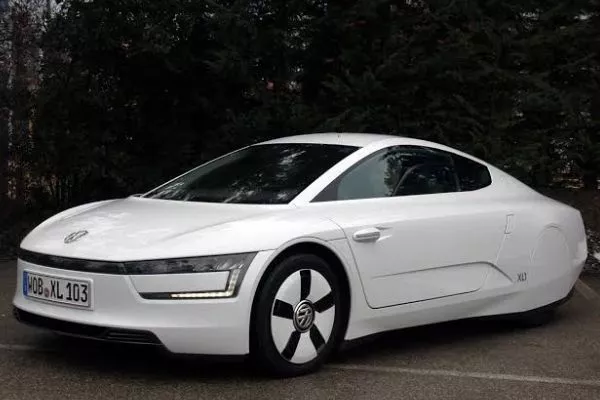
The Volkswagen XL1 concept, one of the most aerodynamic cars ever made
>>> Grab your attention: 13 less popular car features that are found in cars yet vital
Second, the very aerodynamic car has a flat bottom which improves the Venturi effect, has no sharp edges and corners on the line heading towards its roof, and it has a fastback design that reduces turbulence.
A flat and smooth floor also improves cooling by redirecting air towards the engine through a series of vents since the bottom of the engine bay is closed off. This is why driving oriented cars like the Mazda 3 has a sealed-off under chassis. Sure, it’s a pain to get access to but it’s ideal for improving aerodynamic stability.
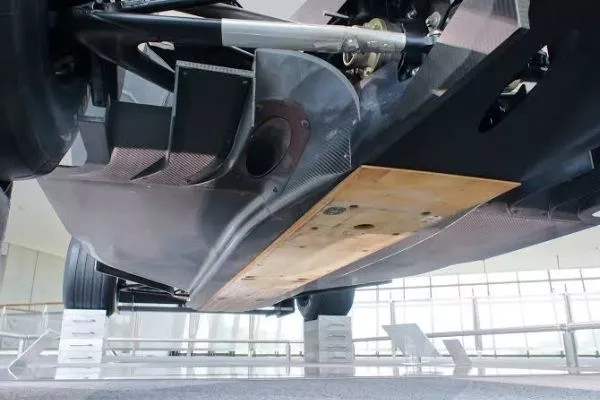
A perfect example is the typical F1 car's under-chassis
Note also that removing a car’s bottom engine cover will increase NVH. The irregular shape of the bottom of the engine and components located below a car will, after all, provide a lot of rough surfaces.
Third, the exterior features including the door handle and the car's side mirrors should be rounded. While re-directing air towards the wheel-bays can increase drag, this feature is common among high-performance cars to help cool the brakes.
Note though that installing aero aftermarket kits may reduce drag, an incorrectly installed wing or a “too large” or “too ridiculous” aero kit will only serve to increase surface area thus increasing drag.
This brings us to consider more economical and practical everyday vehicles and why some of them might or might not be very aerodynamic.
>>> Recommended article: OEM vs Aftermarket car parts: All you should know about its Pros & Cons
Crossovers, SUVs, and MPVs
Local crossover examples like the MG ZS, the Toyota Rav4, the Honda CR-V, the Toyota Avanza, and Innova are designed to be comfortable, large and spacious and are NOT in the least high-performance vehicles. These examples however still have a measure of aerodynamic design to them.
This is because even these more practical cars have undergone testing in wind-tunnels in order to produce a better drag coefficient not for added downforce and the like but for better fuel efficiency. Drag, after all, will cause cars to need more fuel to travel.
>>> Also read: 6 handy tips to maximize fuel efficiency during your road trip

The Toyota Avanza is a functional MPV that also promises enhanced aerodynamics
Other cars, especially SUVs like the on-sale Jeep Wrangler Rubicon, the Suzuki Jimny, the Mercedes-Benz G-Wagon, and even the new 2020 Land Rover Defender, maintain boxy construction as a nod to their purpose -- crawling through rocks and mud.
The Hummer H2 is also of note due it’s the hilariously bad drag coefficient of 0.57 (insert laugh track here). It is, however, a respectable nod to the military-spec Hummer it was based on and the manufacturers didn’t exactly have speed and fuel efficiency in mind.

The Hummer H2 is a brick on wheels
So due to these examples mentioned above, one might argue that SUVs are not ideal for high speeds, but that isn’t simply the case.
Take, for example, the 2020 Jeep Grand Cherokee Trackhawk. It’s a midsize SUV that can make a face-melting 707 horsepower and 875 Nm of torque. It sits low to the ground and is smoother than those previous SUVs we’ve mentioned. So, it’s an actual aerodynamic SUV -- a trend that’s fast becoming popular among American car manufacturers.
>>> Read more: SUV prices in the Philippines from 14 most popular brands
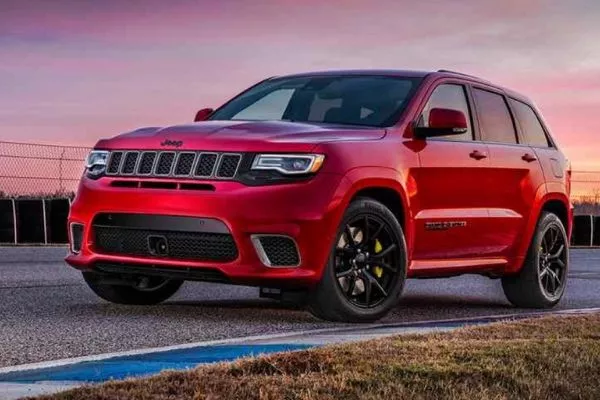
Ludicrous doesn't even begin to describe the Trackhawk
Aerodynamics and styling
Another significant factor involving aerodynamics is the look of the car. Simply put, it makes a car model look better.
That, however, is very subjective because once again, there are vehicles like the G-Wagon and the Suzuki Jimny which for many folks look just fine. For most cars, especially supercars, it’s the part of the vehicle that provides much of its identity.
But let’s face it, if we designed all cars to go as fast as it can with as little drag as possible then we’d be driving a rocket-shaped thing like the Thrust SSC. Sure, it can break the speed barrier but it’s by no means practical and it definitely isn’t that pretty.
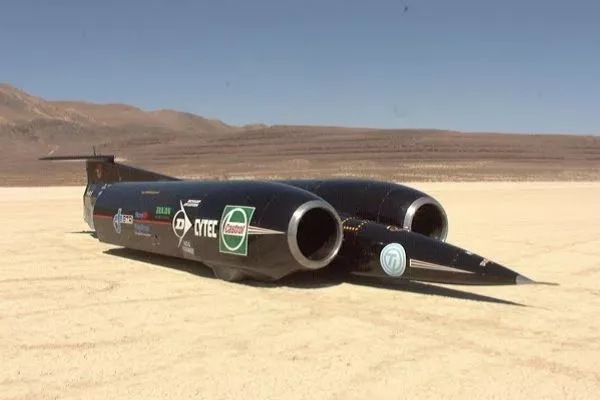
Imagine casually breaking the sound barrier every time you go out for groceries
Aerodynamics: It’s crucial in modern cars
To finish, let us summarize why aerodynamics plays an important role in car design whether in a humble econobox or in a high-performance, flame-breathing supercar.
- For performance cars, it improves handling by reducing lift and increasing downforce
- Improves fuel efficiency by reducing drag
- Decreases drag and thus will improve acceleration and top speed for high-performance vehicles
If you want to expand your knowledge and cars further than knowing how to drive, then keep reading here on Philkotse.com.
Recent posts
- No worries! Step-by-step on how to jumpstart a car Apr 17, 2020
- How car airbags work, and how they keep you safe Oct 07, 2021
- A short guide to LED car headlights: Basic parts, types, price & more Jan 14, 2021
- How does warming up your engine really affect your vehicle? Dec 21, 2019
- Coating on the chassis: Should or Should Not? Jun 07, 2018












